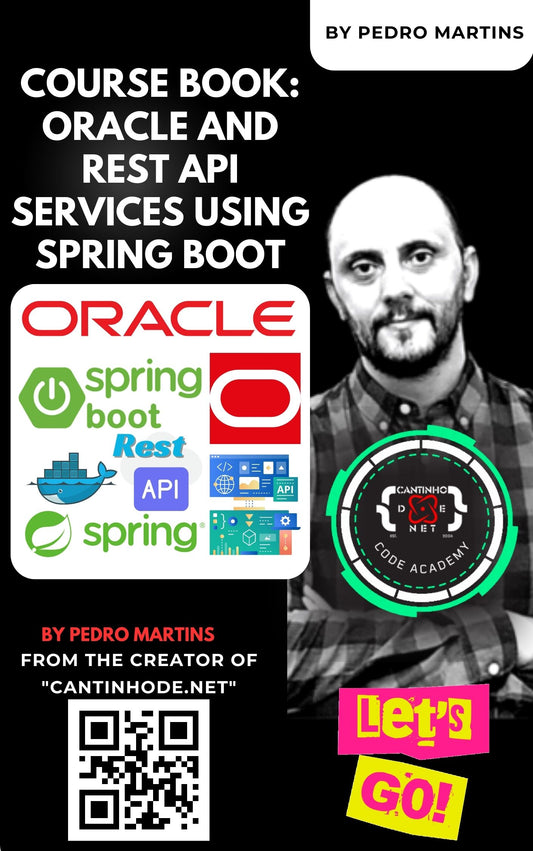Domain-Driven Design (DDD) is a powerful approach to software development that focuses on creating a model of the core business concepts and rules. By implementing DDD in ASP.NET MVC, developers can build more maintainable, scalable, and flexible applications.
What is Domain-Driven Design?
Domain-Driven Design is an approach to software development that emphasizes the importance of the domain model. The domain model represents the core business concepts and rules of an application. By focusing on the domain model, developers can create software that closely reflects the real-world problem domain.
How to Implement DDD in ASP.NET MVC?
1. Identify the core domain: Start by identifying the core business concepts and rules that are essential to the application. These concepts will form the basis of your domain model.
2. Create a domain model: Develop a domain model that accurately represents the core business concepts and rules. Use domain-driven design patterns such as entities, value objects, and aggregates to model the domain.
3. Use bounded contexts: Divide the domain model into bounded contexts to manage complexity and ensure clear boundaries between different parts of the system.
4. Implement repositories: Use repositories to abstract the data access layer and provide a way to interact with the domain model without exposing the underlying data storage details.
5. Apply domain events: Use domain events to capture important business events and trigger actions in response to changes in the domain model.
Benefits of Implementing DDD in ASP.NET MVC
1. Improved maintainability: By focusing on the domain model, developers can create software that is easier to maintain and extend over time.
2. Increased flexibility: DDD allows for greater flexibility in responding to changing business requirements and adapting the software to new scenarios.
3. Better alignment with business goals: By closely aligning the software with the core business concepts and rules, DDD helps ensure that the application meets the needs of the business.
By implementing Domain-Driven Design in ASP.NET MVC, developers can create software that is more maintainable, flexible, and aligned with the core business concepts and rules. This approach can lead to better software quality and improved business outcomes.
Project Structure
The project is organized into several layers:
-
UI Layer – The
MVCproject itself, which should be thin and only contain presentation logic. - Application Layer – Contains the application logic and acts as a bridge between the UI and domain layers.
- Domain Layer – Where the business logic is implemented, including entities, value objects, domain events, and domain services.
- Infrastructure Layer – Typically contains logic for data access, file storage, etc.
Domain Layer
We start by creating our domain entities and value objects. These are the heart of our DDD approach.
public class Product
{
public int Id { get; private set; }
public string Name { get; private set; }
public Money Price { get; private set; }
public Product(string name, Money price)
{
Name = name;
Price = price;
}
// Other domain logic
}
public class Money
{
public decimal Value { get; private set; }
public string Currency { get; private set; }
public Money(decimal value, string currency)
{
Value = value;
Currency = currency;
}
// Money-specific domain logic
}
Application Layer
Here’s where you define interfaces and their implementations, which will be used by the UI to communicate with the domain layer.
public interface IProductService
{
Product CreateProduct(string name, decimal price, string currency);
}
public class ProductService : IProductService
{
public Product CreateProduct(string name, decimal price, string currency)
{
var money = new Money(price, currency);
var product = new Product(name, money);
// Save the product to the database or perform other operations
return product;
}
}
Infrastructure Layer
The infrastructure layer can hold implementations for repository interfaces defined in the domain layer.
public interface IProductRepository
{
void Add(Product product);
// Other database operations
}
public class ProductRepository : IProductRepository
{
public void Add(Product product)
{
// Implementation for adding product to the database
}
}
UI Layer (MVC Controllers)
public class ProductController : Controller
{
private readonly IProductService _productService;
public ProductController(IProductService productService)
{
_productService = productService;
}
public ActionResult Create()
{
return View();
}
[HttpPost]
public ActionResult Create(string name, decimal price, string currency)
{
var product = _productService.CreateProduct(name, price, currency);
// Ideally, this should go through a DTO rather than passing the domain entity directly
return View("Details", product);
}
}
The above example is a very basic illustration of the layers and separation of concerns that DDD encourages. The actual implementation of DDD can get quite complex, as it aims to tackle the complexities of real-world business software.
Remember, this example is highly simplified. In a real-world application, you would need to handle things like validation, domain events, repository patterns, entity framework integrations or other ORM tools, dependency injection, and more. Always keep in mind that the main goal of DDD is to align your software structure with your business needs and model.








